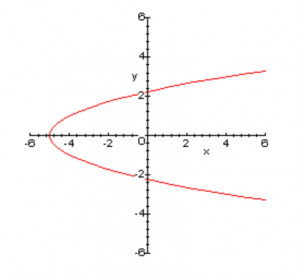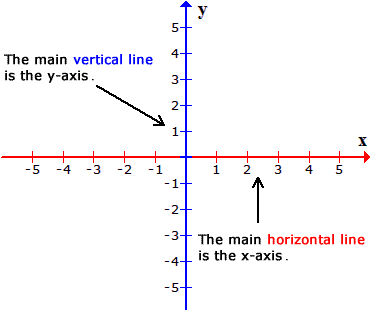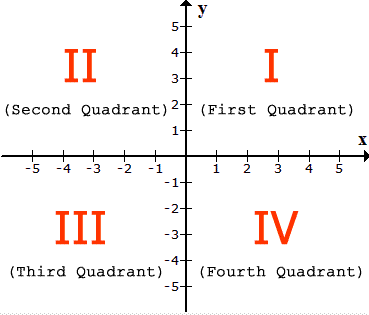Here are clues to know when a word problem requires you to write a system of linear equations:
(i) There are two different quantities involved: for instance, the number of adults and the number of children, the number of large boxes and the number of small boxes, etc.
(ii) There is a value associated with each quantity: for instance, the price of an adult ticket or a children’s ticket, or the number of items in a large box as opposed to a small box.
-Such problems often require you to write two different linear equations in two variables. Typically, one equation will relate the number of quantities (people or boxes) and the other equation will relate the values (price of tickets or number of items in the boxes).
Here are some steps to follow:
1. Understand the problem.
Understand all the words used in stating the problem.
Understand what you are asked to find.
Familiarize the problem situation.
2. Translate the problem to an equation.
Assign a variable (or variables) to represent the unknown.
Clearly state what the variable represents.
3. Carry out the plan and solve the problem.
Use substitution , elimination or graphing method to solve the problem.
Example:
The cost of admission to a popular music concert was $162 for 12 children and 3 adults. The admission was $122 for 8 children and 3 adults in another music concert. How much was the admission for each child and adult?
1 . Understand the problem:
The admission cost for 12 children and 3 adults was $162.
The admission cost for 8 children and 3 adults was $122.
2. Translate the problem to an equation.
Let x represent the admission cost for each child.
Let y represent the admission cost for each adult.
The admission cost for 12 children plus 3 adults is equal to $162.
That is, 12x+3y=162.
The admission cost for 8 children plus 3 adults is equal to $122.
That is, 8x+3y=122.
33 . Carry out the plan and solve the problem.
Subtract the second equation from the first.

Substitute 10 for x in 8x+3y=122.

Therefore, the cost of admission for each child is $10 and each adult is $14.




![]()

![]()

















